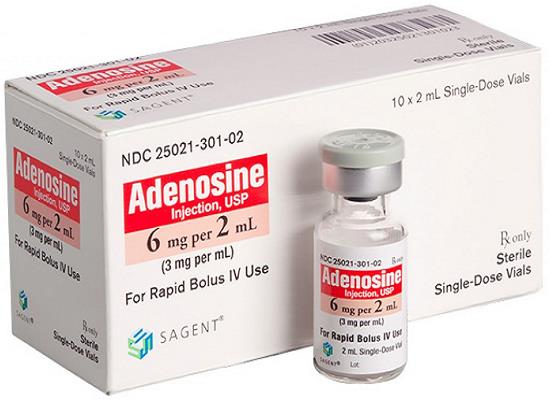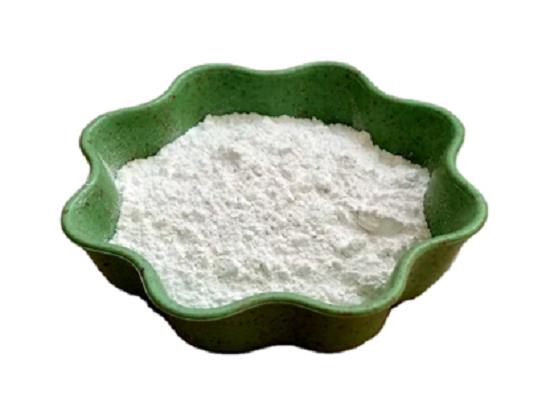1,7-Dimethylxanthine: Pharmacokinetics, Activities and Toxicology
Jul 13,2023
General Description
1,7-Dimethylxanthine, also known as Caffeine EP impurity F, a primary metabolite of caffeine, has a longer half-life and exhibits less potent stimulant effects on the central nervous system. It acts as an antagonist at adenosine receptors, increasing alertness and reducing fatigue. 1,7-Dimethylxanthine also enhances lipolysis, leading to increased energy expenditure and potential weight management benefits. Similar to caffeine, it has diuretic properties, increasing urine production. However, high doses of 1,7-dimethylxanthine can be toxic, potentially causing cardiovascular stress, nervous system effects, digestive system disturbances, and liver damage. It is important to consume 1,7-dimethylxanthine-containing substances in moderation, especially if you have underlying medical conditions.

Figure 1. 1,7-Dimethylxanthine
Pharmacokinetics
1,7-Dimethylxanthine, one of the primary metabolites of caffeine, undergoes hepatic enzymatic hydroxylation during its metabolism. This process converts 1,7-dimethylxanthine into a metabolite known as 3-methylxanthine (MX). The rate at which 1,7-dimethylxanthine is metabolized can vary among individuals, but in most populations, approximately 75% of caffeine is transformed into 1,7-dimethylxanthine. One notable characteristic of 1,7-dimethylxanthine is its relatively longer half-life compared to caffeine. Typically, 1,7-dimethylxanthine has a half-life ranging from 3 to 5 hours, allowing it to persist in the body for a longer duration. Biologically, 1,7-dimethylxanthine exhibits a less potent stimulant effect on the central nervous system when compared to caffeine. However, it does possess diuretic properties, meaning it promotes the excretion of water from the body. Additionally, 1,7-dimethylxanthine exerts certain effects on acetylcholine receptors, which play a role in various physiological processes. 1
Activities
Central nervous system effects
1,7-Dimethylxanthine exerts stimulating effects on the central nervous system (CNS). It readily crosses the blood-brain barrier and acts as an antagonist at adenosine receptors. By blocking adenosine receptors, 1,7-dimethylxanthine increases the release of neurotransmitters like dopamine and norepinephrine, leading to alertness, increased focus, and a reduction in fatigue. These CNS effects make 1,7-dimethylxanthine a key contributor to the stimulant properties of caffeine. 2
Lipolysis and energy expenditure
1,7-Dimethylxanthine has been shown to enhance lipolysis, the process of breaking down stored fats into free fatty acids. It achieves this by inhibiting the enzyme phosphodiesterase, thereby increasing intracellular levels of cyclic adenosine monophosphate (cAMP). Elevated cAMP levels activate protein kinase A, which promotes the breakdown of triglycerides in adipose tissue. Consequently, 1,7-dimethylxanthine can contribute to increased energy expenditure and potentially aid in weight management. 3
Diuretic effects
Like caffeine, 1,7-dimethylxanthine also exhibits diuretic properties, influencing renal function. It inhibits the reabsorption of sodium and water in the kidneys, leading to increased urine production. This diuretic effect may have implications for fluid balance and can contribute to increased frequency of urination. 4
Toxicology
1,7-Dimethylxanthine, a metabolite of caffeine, can exhibit toxicity depending on the dosage consumed. High doses of 1,7-dimethylxanthine can have detrimental effects on various physiological functions, leading to toxic manifestations in different organs and systems. Cardiovascular toxicity is one concern, as elevated doses of 1,7-dimethylxanthine can increase heart rate and blood pressure, potentially causing cardiovascular stress and damage to heart tissue. This may result in arrhythmias, myocardial ischemia, and even heart failure in severe cases. The nervous system can also be impacted by 1,7-dimethylxanthine toxicity. High doses can induce anxiety, restlessness, insomnia, and interfere with normal cognitive abilities such as attention and concentration. The digestive system may experience toxicity symptoms, including gastrointestinal irritation, nausea, abdominal pain, and diarrhea, when exposed to high levels of 1,7-dimethylxanthine. Furthermore, 1,7-dimethylxanthine has the potential to cause liver damage. Excessive quantities of 1,7-dimethylxanthine can harm hepatic cells and lead to liver failure, particularly concerning for individuals with pre-existing liver conditions. In summary, 1,7-dimethylxanthine toxicity is dose-dependent and can affect multiple organs and systems in the body. It is important to consume 1,7-dimethylxanthine-containing substances in moderation and be cautious if you have underlying medical conditions. 5
Reference
1. Scott NR, Stambuk D, Chakraborty J, Marks V, Morgan MY. The pharmacokinetics of caffeine and its dimethylxanthine metabolites in patients with chronic liver disease. Br J Clin Pharmacol, 1989, 27(2):205-213.
2. Mazzafera P. Catabolism of caffeine in plants and microorganisms. Front Biosci, 2004, 9:1348-1359.
3. Senchina DS, Hallam JE, Kohut ML, Nguyen NA, Perera MA. Alkaloids and athlete immune function: caffeine, theophylline, gingerol, ephedrine, and their congeners. Exerc Immunol Rev, 2014, 20:68-93.
4. Costa G, Morelli M, Simola N. Methylxanthines and Drug Dependence: Interactions and Toxicity. Neuropathology of Drug Addictions and Substance Misuse, 2016, Chapter 90:912-923.
5. Stavric B. Methylxanthines: toxicity to humans. 3. Theobromine, paraxanthine and the combined effects of methylxanthines. Food Chem Toxicol, 1988, 26(8):725-733.
- Related articles
- Related Qustion
- The Synthesis and Hazards of 1,7-Dimethylxanthine Mar 5, 2024
1,7-Dimethylxanthine is a naturally occurring alkaloid compound that can enhance alertness and reduce drowsiness.
Adenosine is a nucleoside involved in cellular function. It has antiarrhythmic effects, potential cardioprotective properties, and can cause side effects when administered.....
Jul 13,2023APINicotinamide riboside chloride has been shown to increase NAD+ levels in the body. It also exhibits neuroprotective effects, aids in recovery after brain ischemia, and influences intestinal bacterial.....
Jul 13,2023API1,7-DIMETHYLXANTHINE
611-59-6You may like
1,7-DIMETHYLXANTHINE manufacturers
- Paraxanthine
-
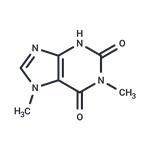
- $121.00 / 100mg
- 2024-11-14
- CAS:611-59-6
- Min. Order:
- Purity: 100%
- Supply Ability: 10g
- 1,7-DIMETHYLXANTHINE
-
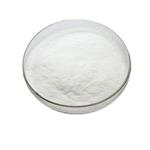
- $30.00 / 1kg
- 2024-10-25
- CAS:611-59-6
- Min. Order: 1kg
- Purity: 0.99
- Supply Ability: 10 tons
- 1,7-DIMETHYLXANTHINE
-
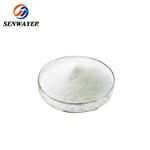
- $0.00 / 100mg
- 2024-09-25
- CAS:611-59-6
- Min. Order: 100mg
- Purity: 99%
- Supply Ability: 20kg




